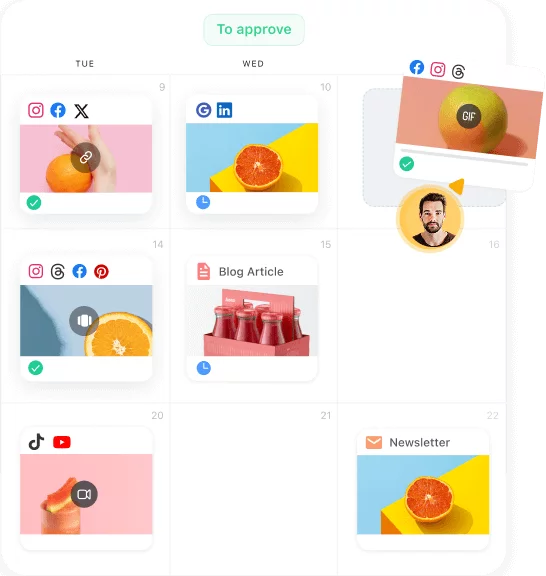Your social media client is both favorite person in the world and your biggest problem.
Even if they’re not, sooner or later the two of you’ll be close to having a conflict, and when that happens, you’re gonna have to know how to avoid it. If not, working with your social media client you might just end up in a very awkward office situation taken right out of them… well, The Office:
Phase One: Preparation
No victory comes without preparation. Of course, conflict with social media clients must be avoided at all costs – you’ve gotta know how to convince them to make the right decision. After all, their success is your success too!
Step 1: Gather information
Before talking to them, make sure you know everything about the product/service/action that’s going to be the subject of your conversation. Sure, you’re probably the “expert”, but more info never hurts. Your social media client will surely appreciate your dedication and will treasure your advice more, knowing you really are informed on the subject. Also, this way you have more of a chance of understanding WHY the client wants something.
Step 2: The right state of mind
Going into a meeting with a client with a warlike attitude is a non-starter. You might as well just give up on convincing them of anything. You’re both working towards the same goal, only with different methods. Make sure you enter the room with an open mind and prepared to have a productive discussion, not a fight. Avoiding conflict with social media clients is about a lot more than good arguments. Pay attention to your nonverbal and paraverbal communication. Hear your client out, and be ready to explain and to guide him. Or, on the opposite, be ready to accept that sometimes they might be right. Whatever happens, an open mind never hurts.
Phase Two: Explanation
In order to make your client agree, they have to understand your point of view. For them to do that, you need to explain where your argument comes from. The success of the discussion might depend entirely on how well can you do that.
Step 3: Make it clear that it’s not about them
Clients aren’t robots – we hope. We’ve watched too much Westworld to think that’s a good idea. They’re humans, and that means they’re bound to sometimes have feelings about stuff that’s purely professional. That’s why it is your duty to explain that you’re not there to argue about their intellectual capacity and that you respect them as a client. Avoiding conflict will be much easier when you settle that dispute in the beginning. What you have to say is that you’ve come up with a more efficient alternative that will make THEIR goals and objectives come to fruition. Redirect the conversation from the person to the ideas – that’s the trick of productive conversation!
Step 4: Support and empathize with them
Remind the social media client that you’re there to help them, and anything you say is to their advantage.
Why do you disagree with them, exactly? Tell them that and explain why your ideas on the subject might be more valuable. It could even be that they don’t know what they’re asking for, and will thank you for explaining! “In my professional opinion” is a good phrase to use here when communicating with your social media client.
Step 5: Bring an alternative to the table
There’s a running joke about Elon Musk that says he fires employees that tell him there’s a problem without presenting at least a couple of solutions to it. You may not have to bring several alternatives to your client, but be sure to bring at least one. Clients will be more open to you when shown that there’s a different way to the goal, instead of when there’s none. Also, they will know you’re up to the task and to be trusted in implementing. Having a finality in your argument always brings weight to it, and might be the tipping point for the client.
Knowing the right way to avoid conflict with a social media client is the difference between making him happy and making him angry. And no one wants their clients angry!
Remember the 5 steps above, and you’ll be just fine, more – you’ll be a successful consultant to a happy social media client.
Dropped out of college, moved to another country with 2 of my friends and built Planable (Techstars London ’17), social media collaboration platform, at 19 y. o. Forbes 30 under 30






